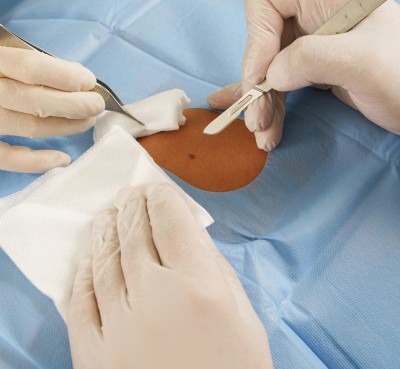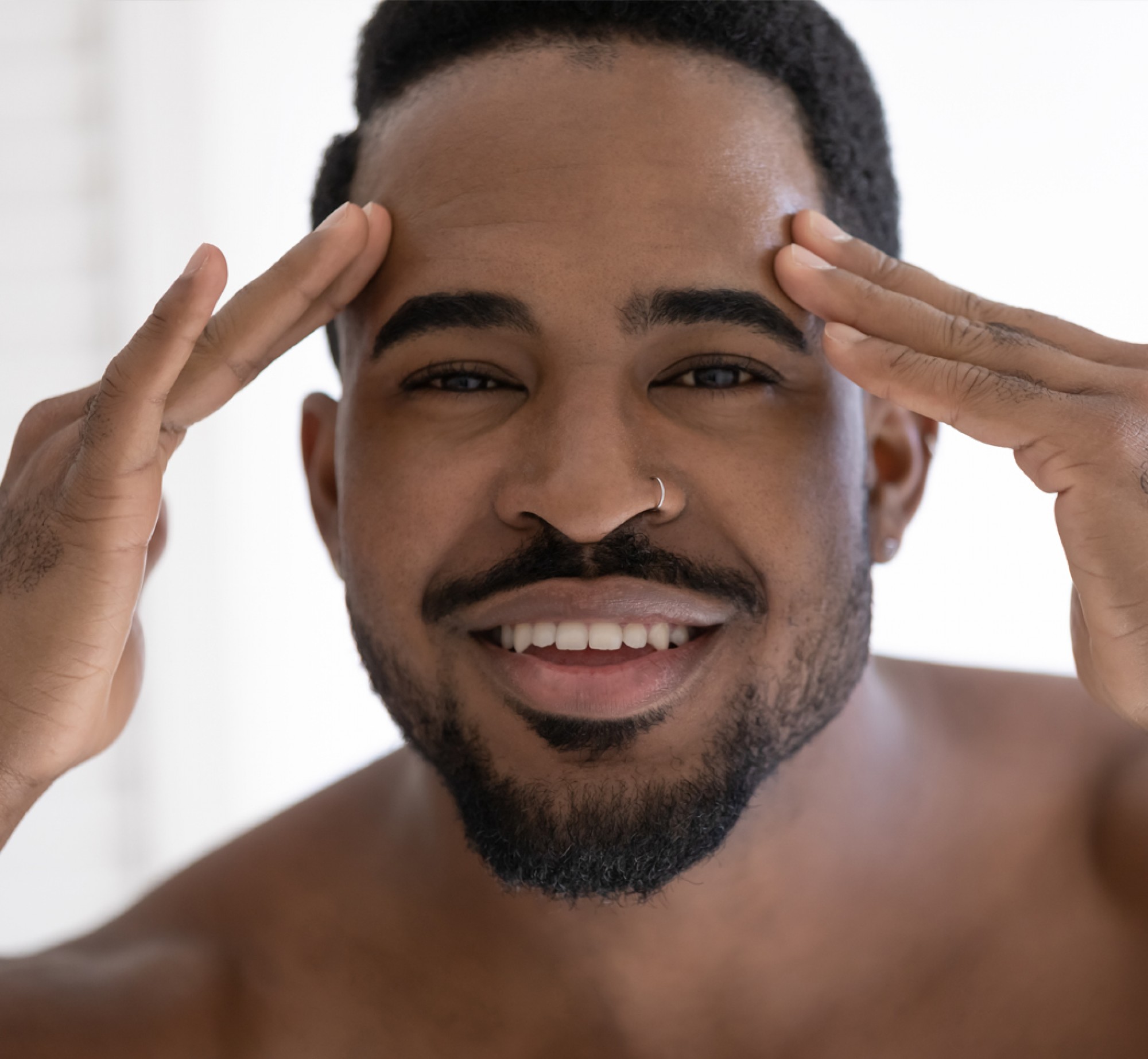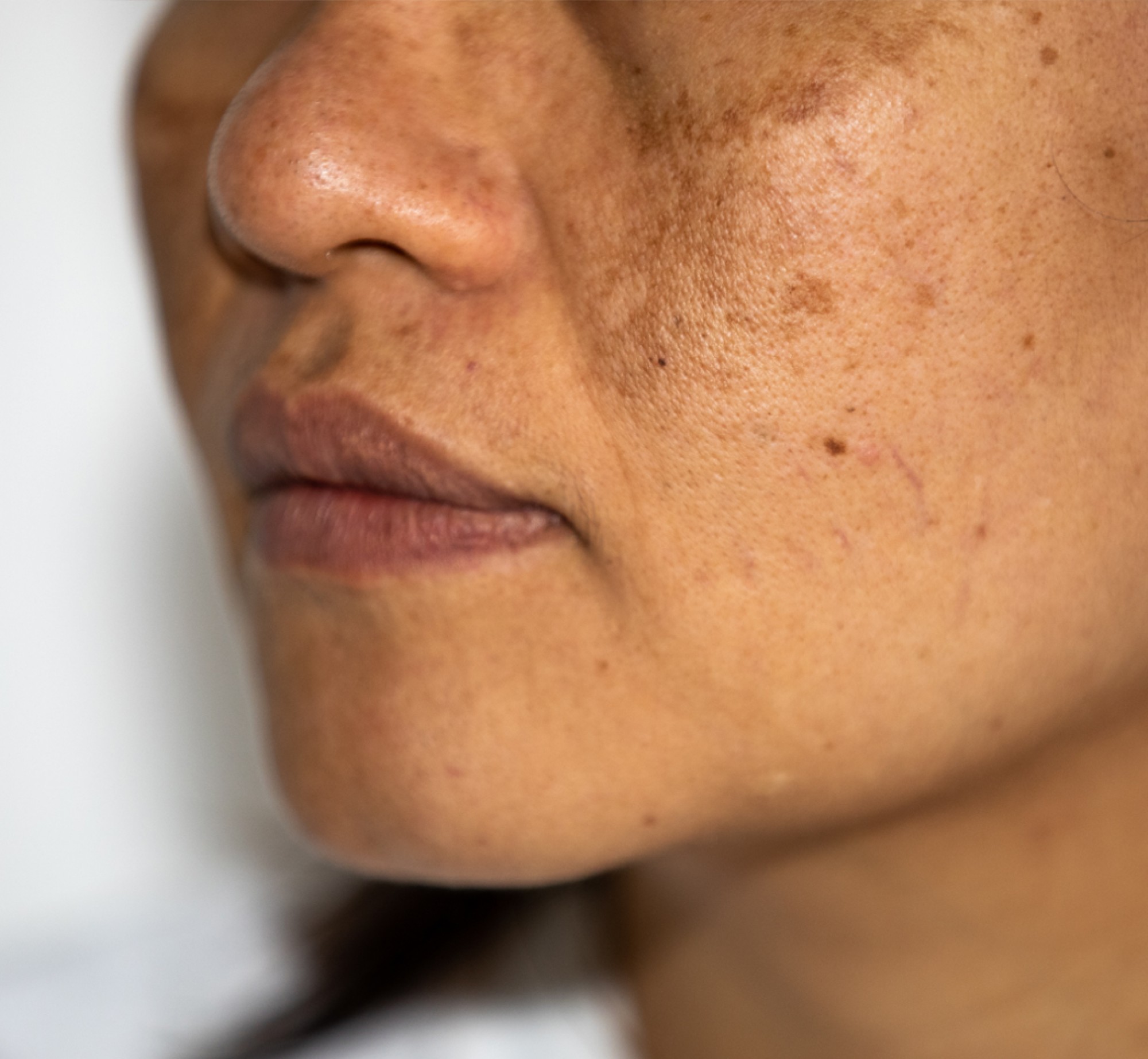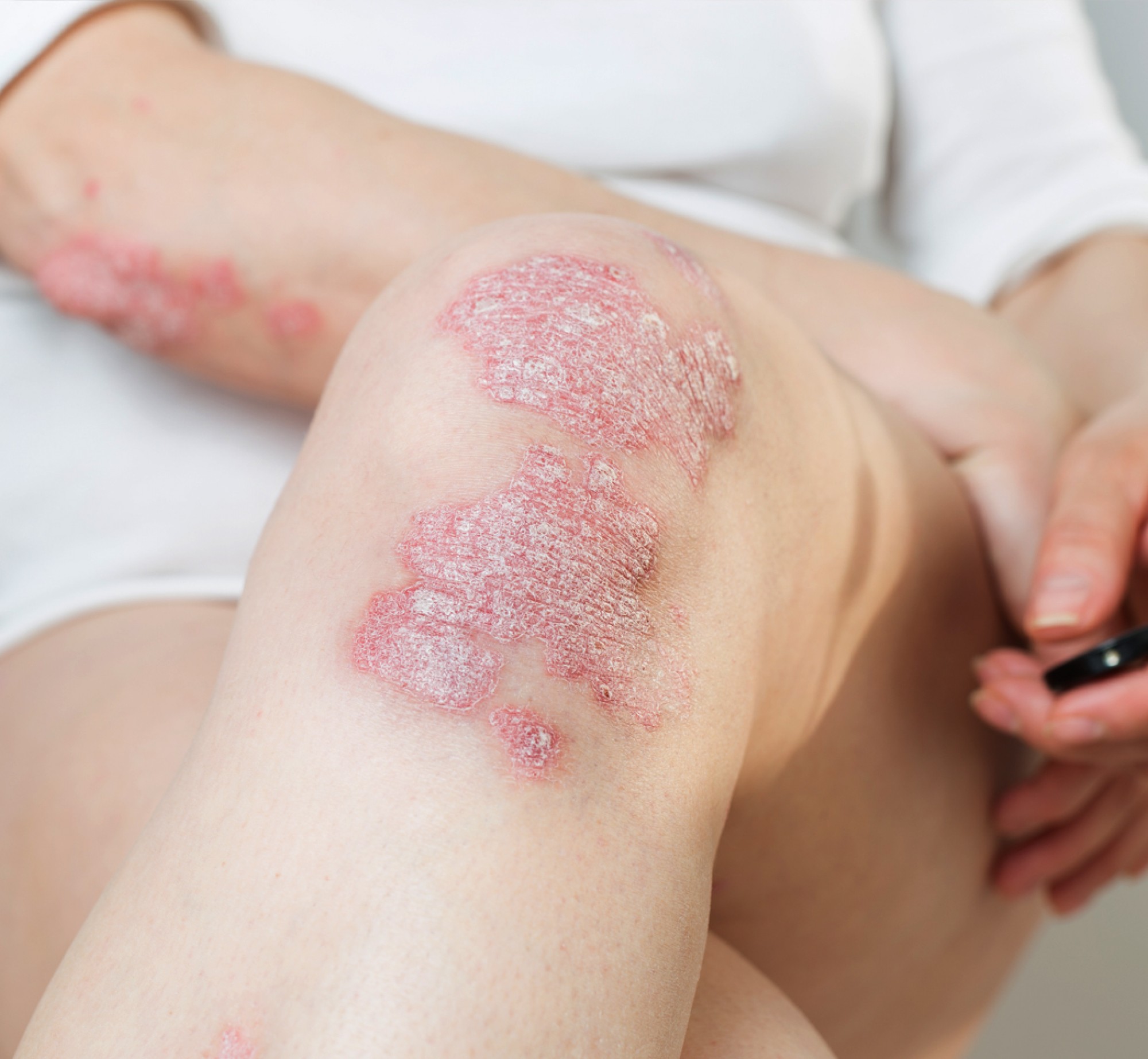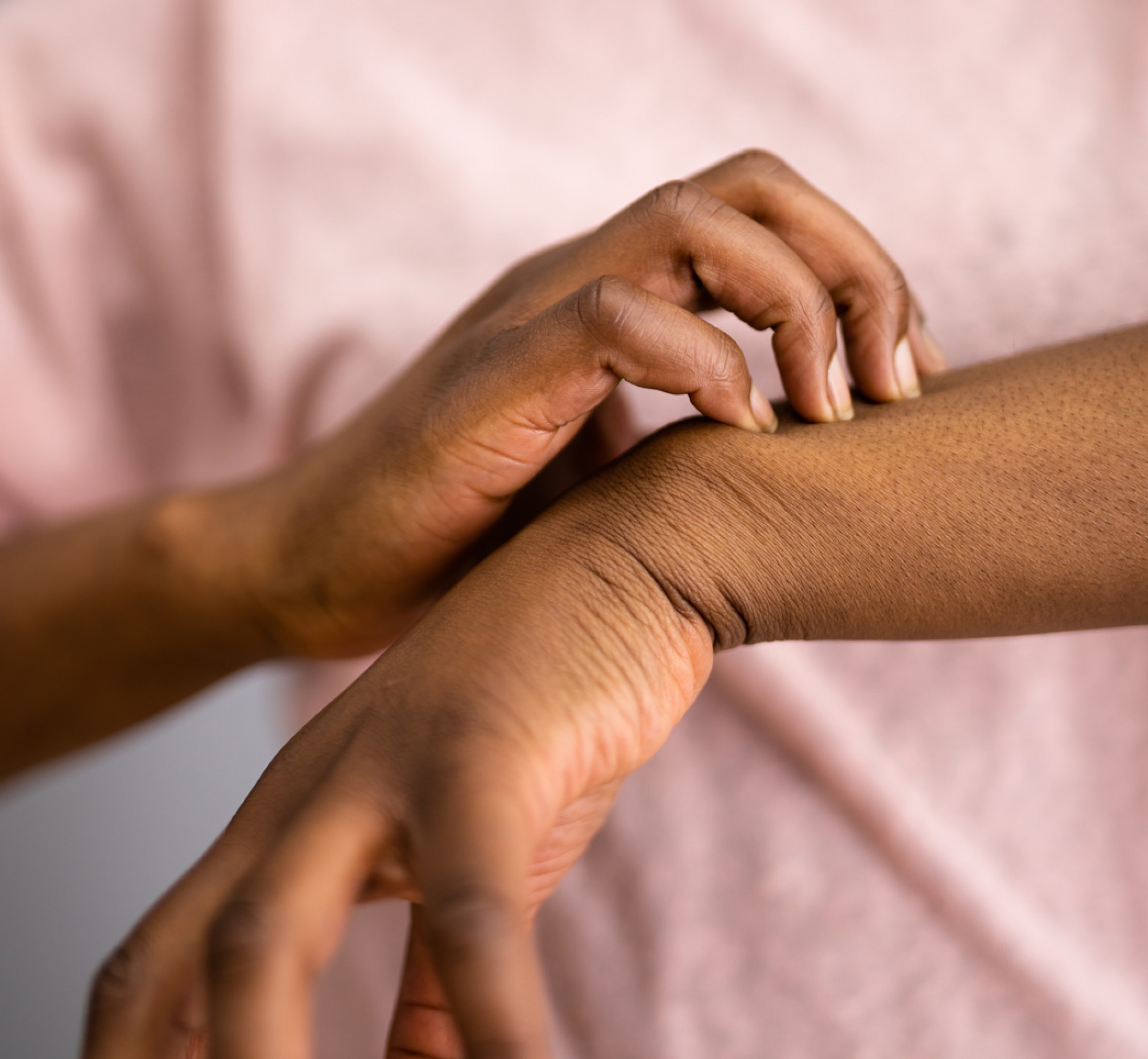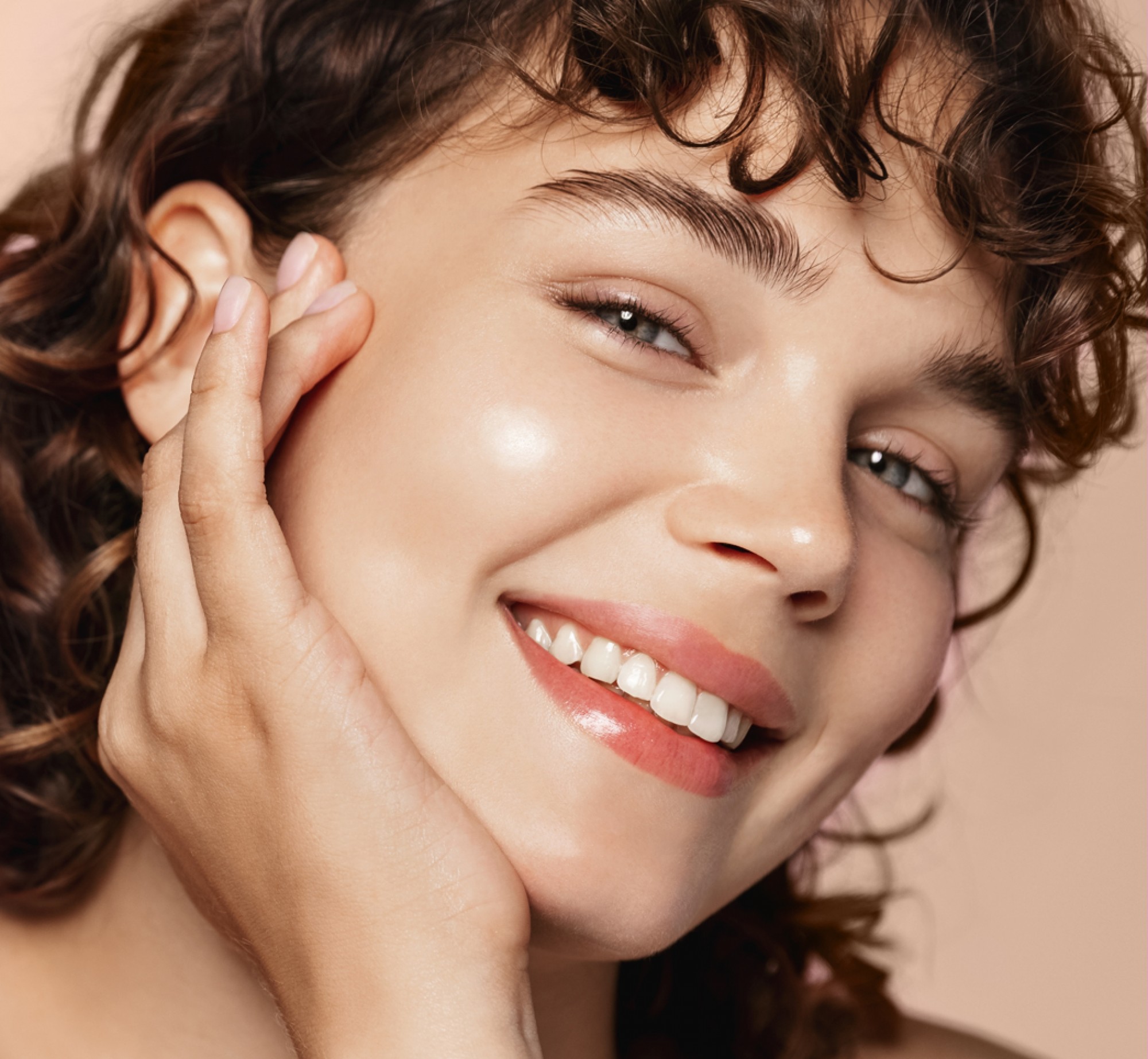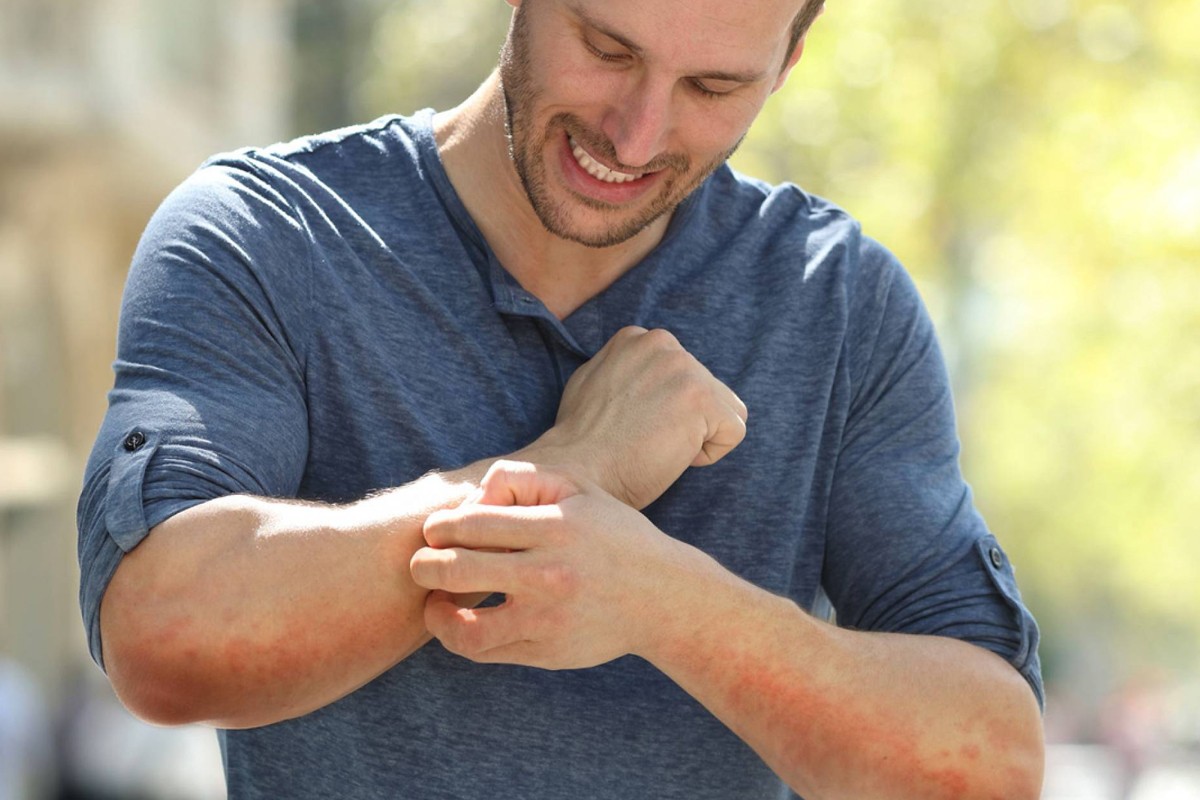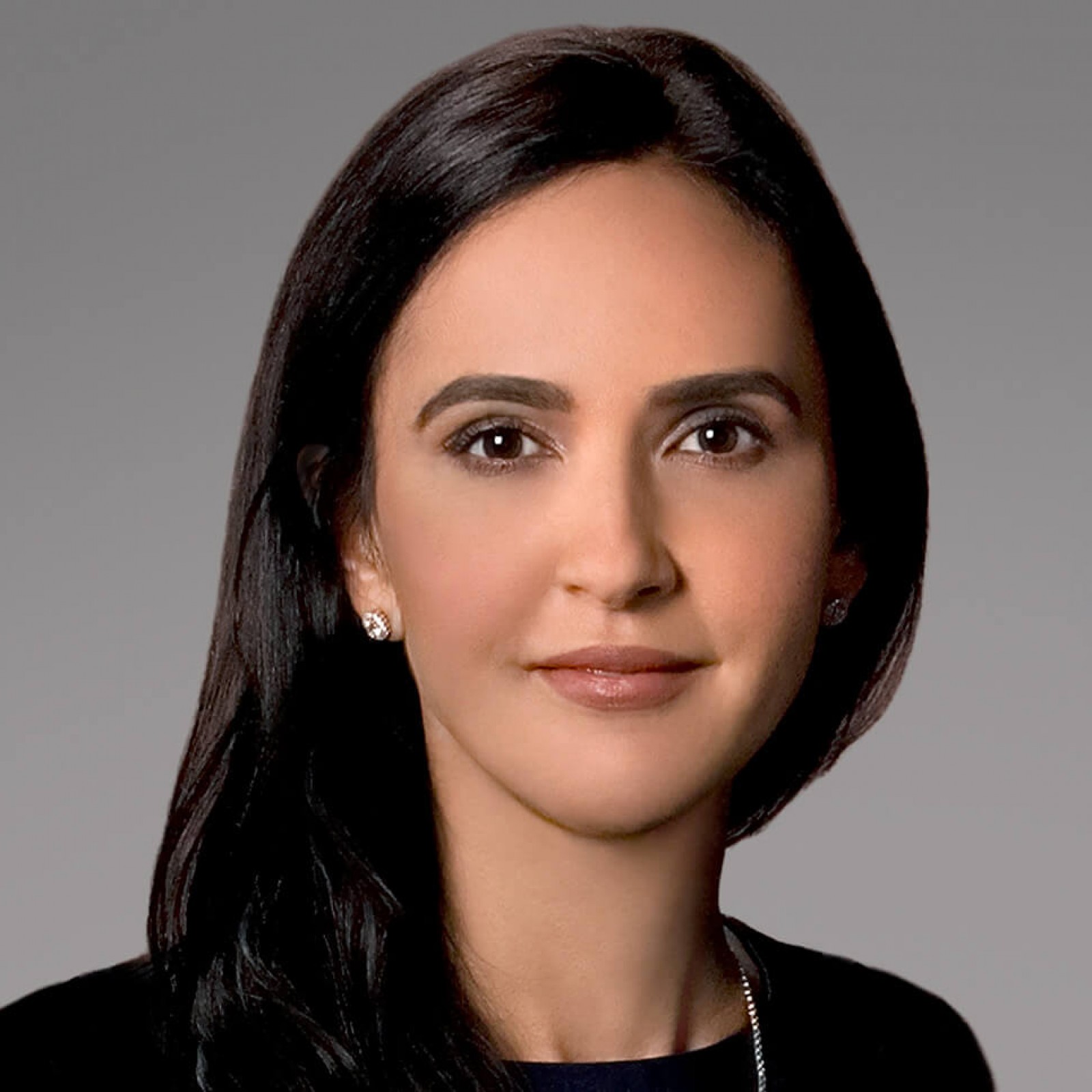The Blog
- Acne
- Maskne
- Melasma
- Pigmentation
- Hyperpigmentation
- Eczema
- Covid-19
- Rashes
- Covid-19 Vaccine
- Fillers
- Scars
- Botox
- Neurotoxins
- Skin
- Rosacea
- Seborrhea
- Anti-aging
- Skin Cancer
- Chemical Peels
- Allergies
- Infection
- Skin Tags
- Medical Care
- Dry Skin
- Skin Care
- Skin Care Tips
- Acne
- psoriasis
- Dandruff
- Impetigo
- Hair
- Intertrigo
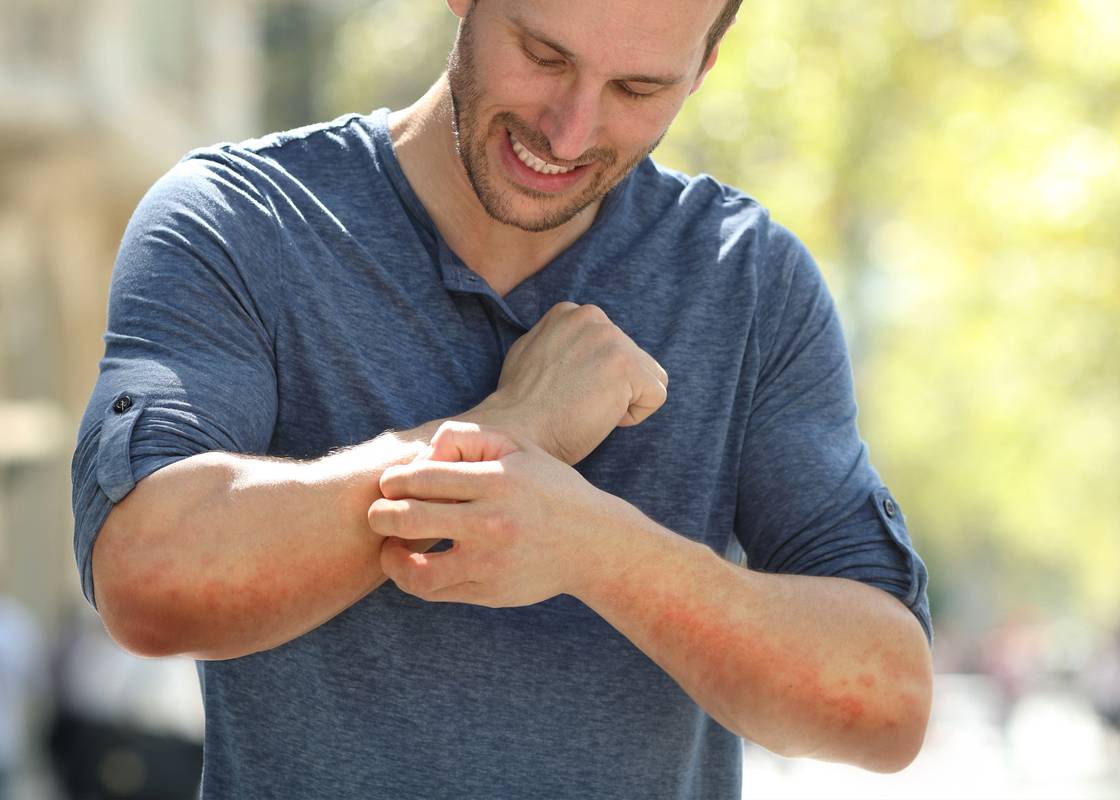
Have you ever found yourself itching when the seasons change? The summer may be a “good” season for you while it may be miserable for another patient. With winter, right around the corner many of us are becoming more dry and itchy by the minute! You are not alone and I personally know how you feel.
Let’s start off with discussing eczema. Eczema is a very common skin condition. It is often characterized by itchy dry patches that can affect anywhere on the body. Puffy swollen eyelids to dry itchy patches in the inner knees and inner elbows there are many presentations. Eczema often exists on a spectrum with asthma and allergies. While children are, most affected we see eczema occur in many of our patients. Eczema not discriminate and affects all ages, sexes and races alike.
It comes and it goes as simply as the seasons change.
Eczema waxes and wanes and flares do occur. Our goal is to find a regimen that helps to limit flares and improve your day to day quality of life. Let’s discuss how to keep your sensitive skin happy and heathy! Hypoallergenic products are your new BFF. Ditch those fragrances and dyes for more gentle “free” products. Products with dyes and scents may have hidden ingredients that while marketed to moisturize your skin, result in irritation and drying. The drier and irritated your skin becomes the worse the eczema becomes. Thick emollient based moisturizers are best at fully moisturizing your skin. Detergents and dryer sheets can also cause irritation and we recommend seeking out “free” variations as well. There are multiple brands who focus on creating gentle and hypoallergenic products. If brand isn’t your favorite try another!
Healthy moisturized skin is in!
Dry skin is enemy number one of eczema! We all know how nice a hot shower is after a long day especially in the era of COVID-19, but hot water can cause more harm than good. Hot, steamy showers can pull the moisture out of our skin rendering us drier. Rest assured we do not expect our patients to suffer in cold showers or baths. Luke warm water can be very relaxing and does not render our skin drier after bathing. A humidifier can also be beneficial during these winter months!
Now that we’ve discussed a few ways to prevent eczema flares lets discuss what we do when a flare is unavoidable. Don’t stress we know flares occur. You can be the perfect eczema patient, bathing in luke warm water with a plethora of hypoallergenic products in your arsenal and then overnight those pesky dry patches are back. Flares happen, especially during this time of year. The good news is we have multiple treatment options, which we tailor based on your presentation. The gold standard in treatment of eczema flares is a topical corticosteroid. Topical corticosteroids vary in potency and vehicle. Ointments, which are greasy are more potent and provide better penetration into the skin. Topical corticosteroids help to reduce itching and inflammation on the skin. When used as short-term treatment very sparingly they are safe, however, when used too often or too generously can result in problems. Long-term use of topical corticosteroids can result in skin thinning and dependence. Small children who typically experience the most flares are also the most prone population to topical corticosteroid dependence and it is very important to limit use for short-term treatment of flares only.
MRSA, Staph, E coli, oh my!!
With all that itching and scratching we need to consider the element of bacterial superinfection. Eczema prone patches are subject to frequent itching. Itching and scratching drags bacteria, which colonizes all our skin into these patches. These itchy patches are very prone to superinfection, most commonly of staph origin. Bacterial superinfection is characterized by yellowish honey crusted patches. These skin infections can worsen and spread if not treated appropriately. Most often a quick and painless bacterial culture can be performed in office. Both topical and oral antibiotics are considered as treatment options and are guided by culture results.
Maintenance is key.
Now that we have discussed how to treat an eczema flare how do we know when the flare is over? Actively inflamed, flared patches are characterized by bright pink coloring and are often dry and very itchy. The tricky thing is areas affected by eczema on the body typically heal with what we call post-inflammatory hypopigmentation or hyperpigmentation, which often appears as faintly lighter or darker patches. The key is looking for a resolution of itching and for the bright pink coloring to fade away. Once a flare has resolved it is important to discuss how we prevent this from occurring again. This question varies depending on the age group and how often flares occur. If you are a patient who experiences very infrequent flares you may only need to follow strict dry skin precautions while another patient may need another topical to help prevent these pesky flares from arising.
There is a class of topicals called non-steroidals that help to reduce flares of eczema. Elidel and Protopic are from a very similar class of drugs called calcineurin inhibitors. Calcineurin is a chemical involved in the inflammation process in our body. These topicals work to inhibit that process resulting in reducing inflammation. They are both typically well-tolerated, however, have been reported to cause stinging with application in some patients. Elidel and protopic also both have a blackbox warning from the FDA for the development of lymphoma, this has never been proven in humans topically and is generally considered safe. Interestingly enough, there have been more recent studies, which have found no association with the development of lymphoma. Elidel has been especially beneficial in helping to reduce pigmentation discrepancies, both lighter and darker, associated with previous eczema.
Eucrisa is a newer non-steroidal topical that is the first FDA approved topical treatment for eczema in over a decade. Eucrisa is 100% steroid-free and has FDA approval for use in 3 months of age and up. This novel topical works to target on enzyme on the skin that causes eczema flares while also restoring the skin barrier through its ointment based vehicle. Eucrisa is safe to apply on eczema prone patches throughout the body with the exception of the eyes, lips and genitals. Eucrisa is typically well-tolerated, however, has been associated with a stinging sensation with application and we recommend doing a test application prior to applying to all patches on the body.
There many options beyond topicals to improve your quality of life.
While non-steroidals have been pivotal for many patients at maintaining their eczema, there are subsets who need other options. What if despite your diligence with your maintenance regimen your eczema continues to flare and worsen? Rest assured we have other systemic treatment options that may also be beneficial. Daily antihistamines such as Allegra and Claritin have been very established in the treatment of eczema. They are both typically well-tolerated and non-sedating. When topicals and antihistamines continue to be suboptimal we shift our focus to other treatment options such as biologics and immunosuppressant medications.
Dupixent is not an immunosuppressant. This revolutionary treatment is the first biologic treatment FDA approved for eczema in patients 6 years and older. Dupixent works by selectively inhibiting IL-4 and IL-13. These are two chemicals in the body that are known to stimulate inflammation in patients with eczema. Dupixent is a newer medication and there is no bloodwork monitoring required, however, there are no studies on the long-term side effects. Immunosuppressants such as cellcept and methotrexate are also effective in the treatment of eczema. Both have been very established and do require some lab monitoring. Unlike dupixent both methotrexate and cellcept are taken orally. When considering dupixent, cellcept and methotrexate it is important to consider that it can take time to see the full benefits of treatment, fortunately, other topical treatments or even systemic prednisone can be utilized to improve itching and quality of life.
Allergists are our ally!
An allergist can be a valuable ally for some patients with eczema. We do not routinely refer all of our patients for evaluation, however, when there is a pattern noted evaluation by an allergist may be beneficial. Patch testing may be especially beneficial in determining specific skin allergens. An allergist may also be able to further guide treatment with antihistamines such as singular or even treat with allergy injections.
COVID-19’s impact on Eczema
COVID-19 has affected all of our daily lives. To end this blog, it is only fitting that we discuss how eczema has been affected as well. Social distancing, facial coverings and constant hand hygiene are all vital daily. With many of our patients returning to work we are seeing an influx of flares of eczema secondary to social distancing precautions. Let’s discuss masks first. Masks and facial coverings have already contributed to “maskne”. Wearing a mask for patients with eczema can be uncomfortable. N95 masks and procedural masks are often made from paper or rough materials. In addition, moisture from our breath accumulates beneath our masks causing further irritation. Tight woven cloth masks may be more comfortable for patients with eczema who are able to practice adequate social distancing. Applying a moisturizer to the face prior to putting your mask on can also be beneficial in reducing irritation and itching. Many of us touch our faces far more often than we realize. Finding a comfortable mask and limiting irritation can be vital in preventing us from touching our faces unnecessarily. Avoiding manipulation of our faces with underlying eczema can be even more difficult and some experts have found it helpful to practice distraction techniques. If touching or scratching your face is unavoidable, always remember to wash your hands first and to avoid contact with your eyes, nose or mouth.
Hand hygiene is of the utmost importance during these trying times, however, has been a culprit of eczema flares on the hands. We wash our hands countless times a day and use hand sanitizer as often as possible. We understand the importance of hygiene precautions and can offer a few pearls to help prevent these flares. 1. If you have a choice of washing with soap and water versus using hand sanitizer, opt for soap and water. Hand sanitizers are often alcohol based and can be excessively drying. Gentle soap and water are just as effective without the same potential for drying. 2. After washing make sure your hands are completely dry! Excess water causes further irritation and itching. 3. Moisturize, moisturize, moisturize! After your hands are clean and completely dry, apply a generous layer of a thick moisturizer and use it as often as you can throughout the day. Keep it in your backpack, purse or pocket and use it whenever you can! 4. Cotton gloves can be your friend! A thick emollient such as Vaseline applied with cotton gloves overnight helps to promote occlusion into the skin. This will help restore your skin barrier and prevent fissures from forming. Fissures or small breaks in the skin can be very painful and a vector for bacterial superinfection. 5. The prevention of eczema flares is key; however, flares will occur and when they do rest assured we at Springs Dermatology are ready and happy to help!
As someone who has suffered from eczema for over 20 years, especially since moving to GA, I personally know how you feel! Eczema can be relentless, however, can be manageable with the proper tools and guidance.





